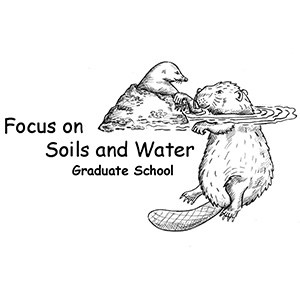Facts:
Time: 15-18.May 2017
Place: MVM building, SLU Uppsala
Points: 2 ECTS

Everything You Always Wanted to Know About Science* (*But Did Not Ask)
This course will take up the below four objectives from two viewpoints: the official version and a look behind the scene of science. The objectives of this course are to learn
(1) how to review a manuscript,
(2) how a publication becomes a key publication,
(3) to write a literature overview and to summarize the key findings of a paper in 1-2 sentences,
(4) how to use conferences to your advantage
This course aims at helping students to understand how to navigate scientific publications and the process scientific communication. While there is nothing that can replace conducting sound science, there are also many "soft skills" and unwritten conventions in academia that are beneficial to have/ know about.
Course details:
Day 1:
Topic of the day – Key publications
(Journal impact factor, citations per year, and so on)
(Case studies of key publications and how they came about)
Day 2:
Topic of the day – How to read a paper
(Practice to summarize the important information of research papers into 1-2 sentences within 10 minutes. With some practice you can do it in 3 min.)
Is it worth working your way through a badly written paper? When should a paper just be laid aside? And how do I know if a paper is difficult or just badly written?
Day 3:
Topic of the day – Write a literature overview
Day 4:
Topic of the day – Conferences
A good presenter will often cite the key references in their field (write them down). Go to the plenaries in your field. Take notes, pay attention ASK QUESTIONS.
Examination: Active participation and writing of a literature review according to Scrimgeour & Pruss (2016).
Literature: Taylor BW (2016) Writing and effective response to a manuscript review. Freshwater Science 35(4):
1082-1087.
Scrimgeour GJ, Pruss SD (2016) Writing highly effective reviews for a scientific manuscript. Freshwater Science
35(4):1076-1081.
Silver P
External teacher: Antonia Liess, lector at Halmstad University, Associate Editor of Freshwater Science.
All lectures will be public and given at MVM.
Please register to maria.kahlert@slu.se. Please also inform us if you would like to participate by video, we will then check possibilities.
Time: 15-18.May 2017
Place: MVM building, SLU Uppsala
Points: 2 ECTS